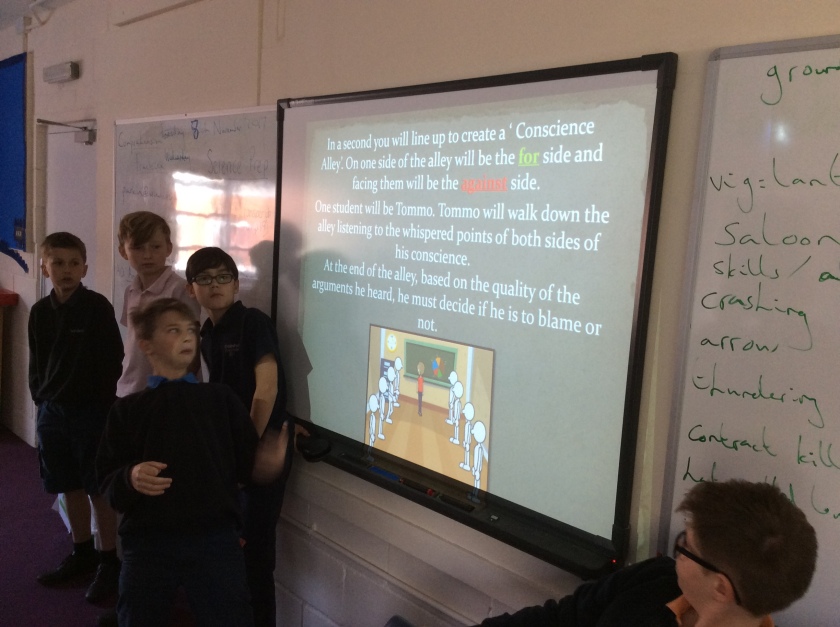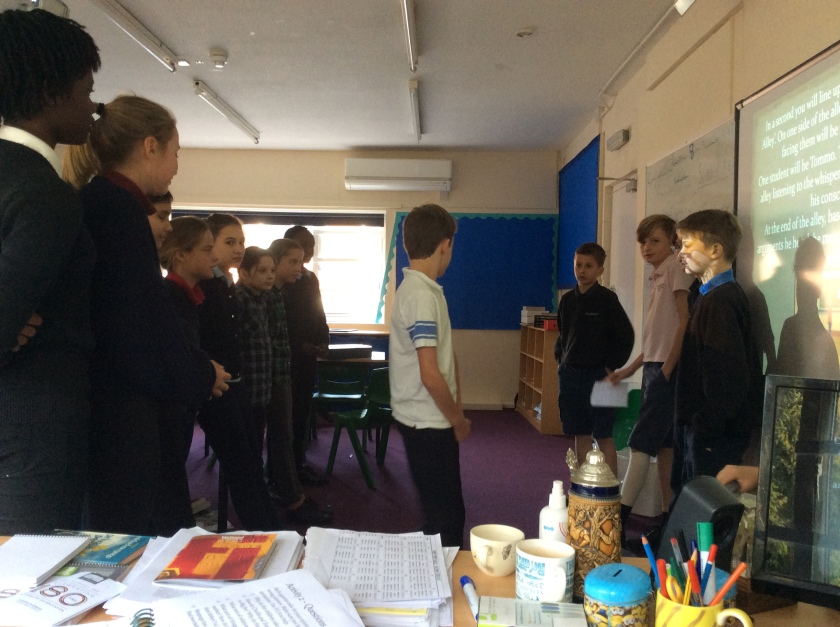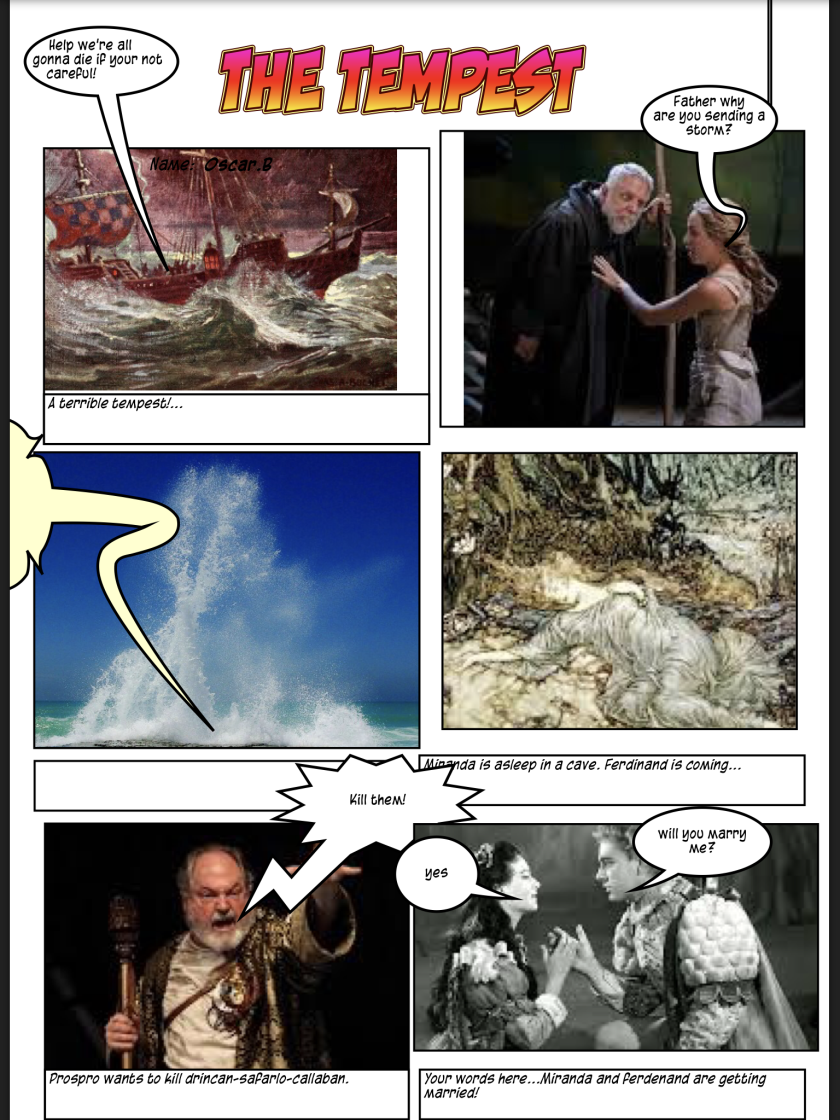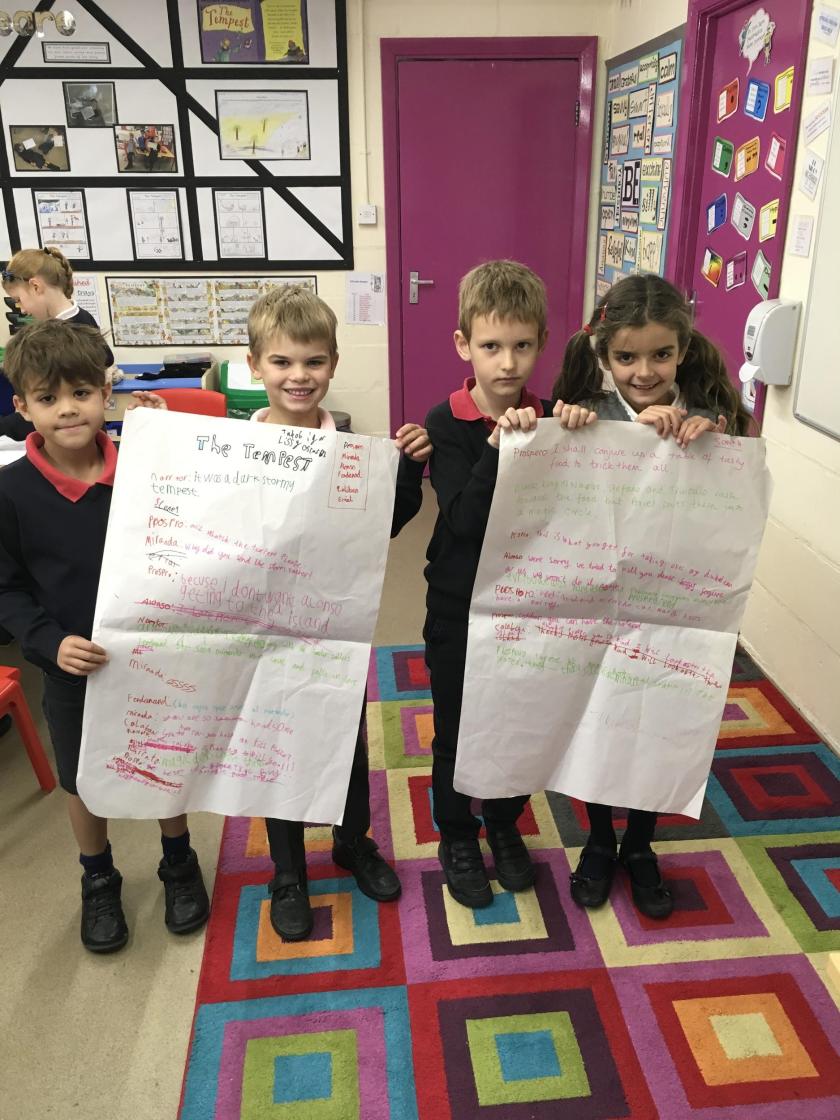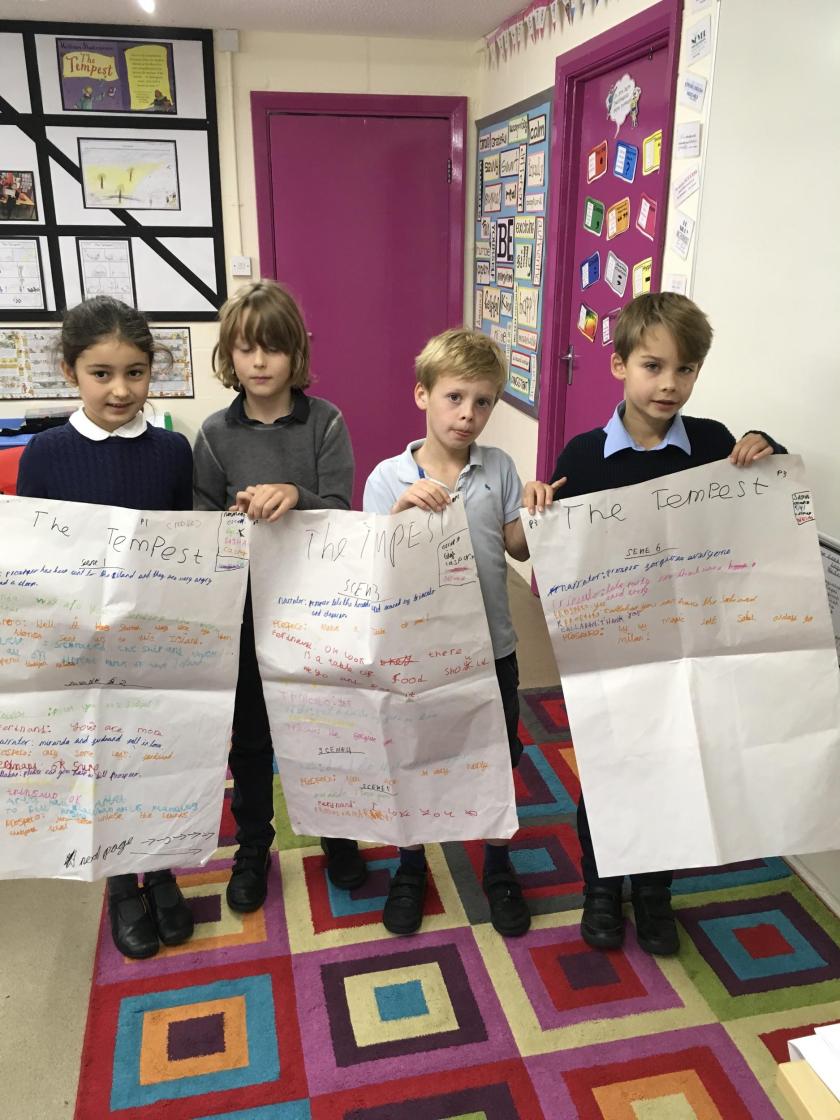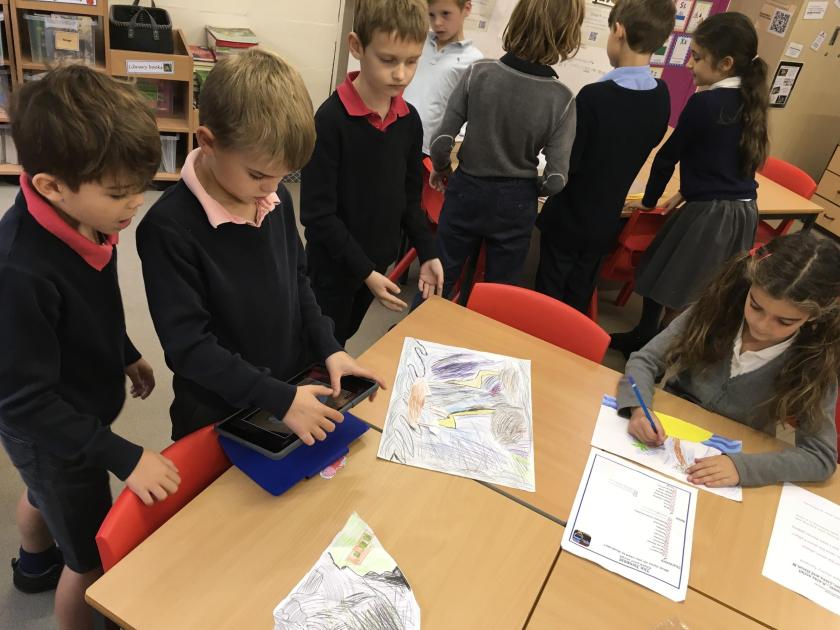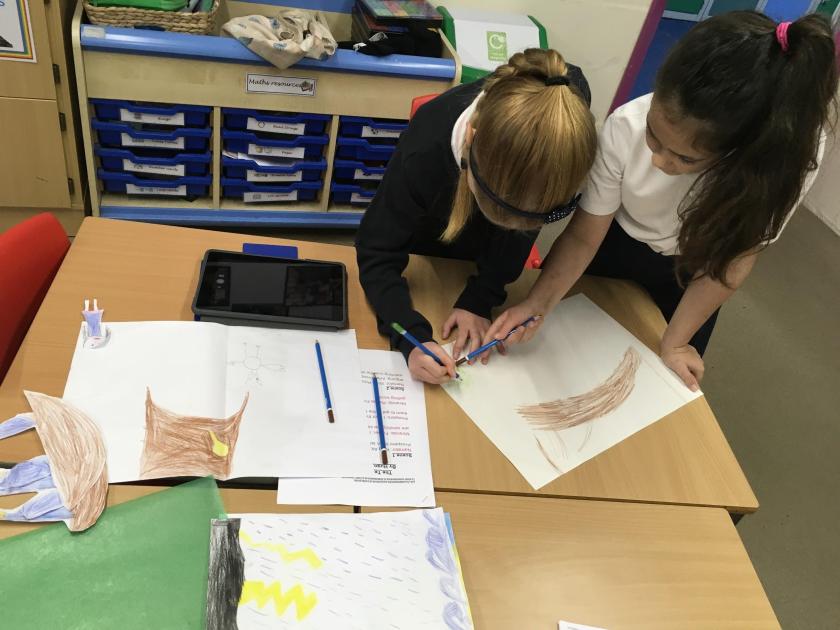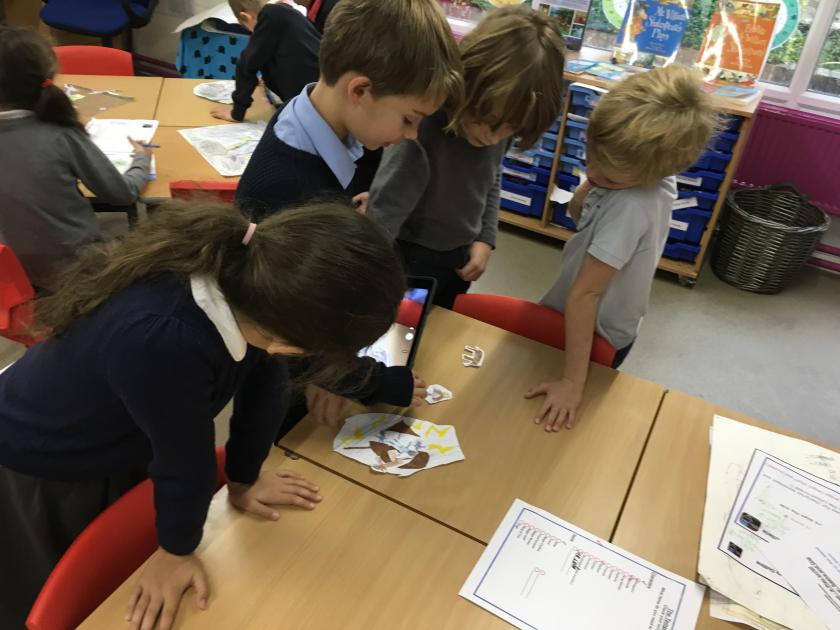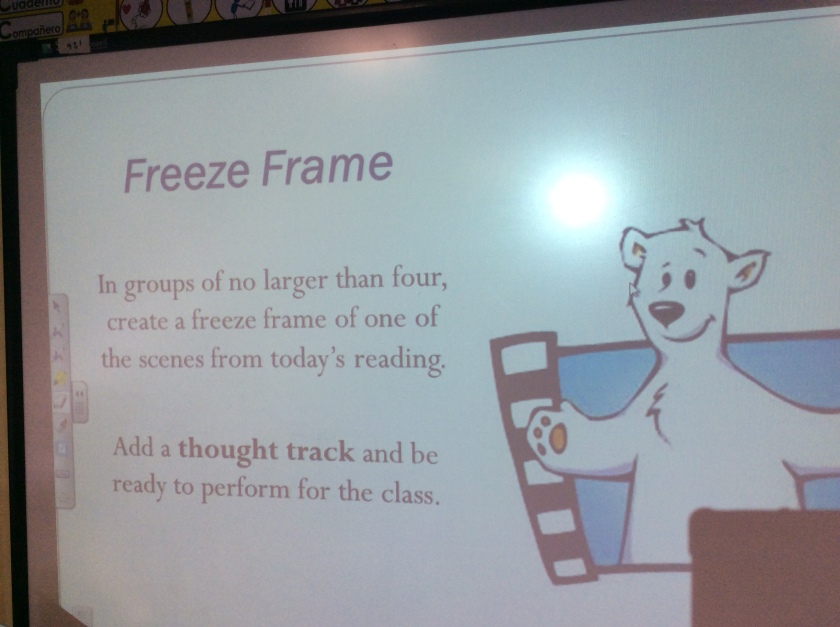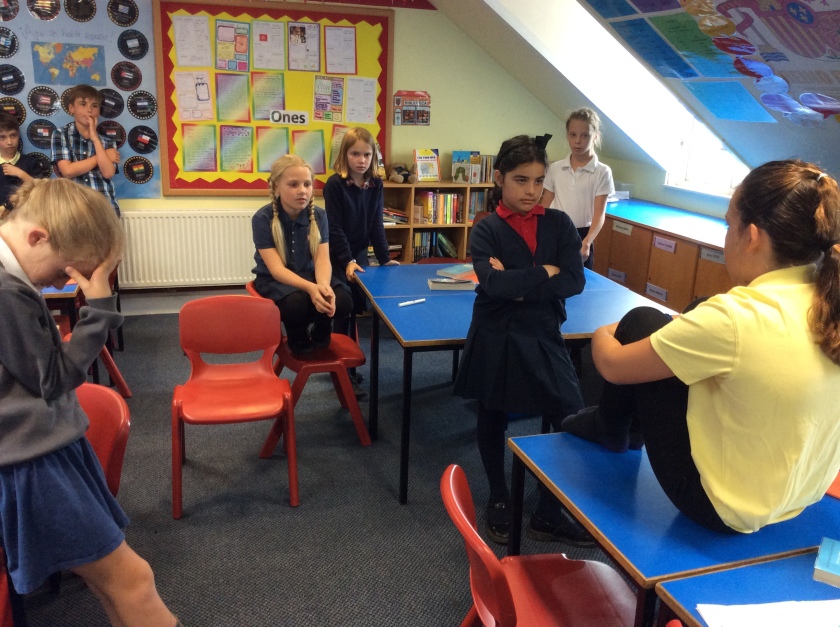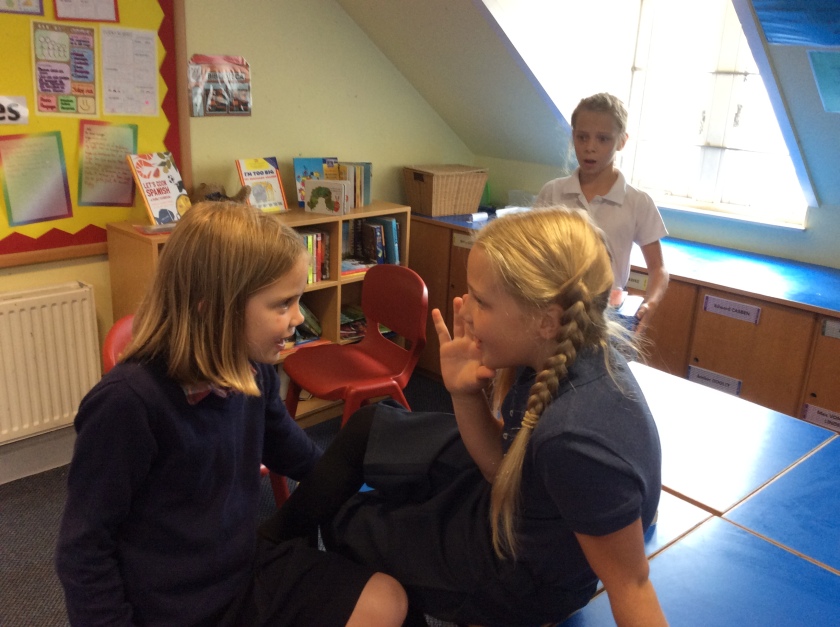Introduction
We know that William Shakespeare was eager to please his audiences, and especially any royal guests, in a time of fast repertory pieces, which were in direct competition with rival companies. However, at the close of A Midsummer Night’s Dream, when Puck asks his audience to “think but this and all is mended”, he appeals for their approval by specifically allaying criticism of the preceding play, and encourages them to imagine that it was all a dream. This raises the possibility that the play is about a specific dream, at least in the central three acts. It is unclear whose dream it is – Hippolyta’s, Titania’s, Bottom’s, or, as Puck seems to imply, is it that of the audience?
Of course, the title of the play itself strongly suggests that the play is, at least in part, a dream. Surely only in a dream world would an affair with an animal be laughed off and the perpetrator considered ‘guilt-free’. Similarly, only in a land of dreams would a daughter’s defiance towards her father’s will and her determination to marry the man of her choice be shrugged off, even after the threat of death is made. What is certain, however, is that the central three acts do occur in the middle of the night, in an area “outside Athenian law” where magic is real and where supernatural forces are at work.
In Shakespeare’s day, the midsummer picnicking, wine drinking and the many, often romantic, rituals about prospering in the future (including the burning of bones that led to the term ‘bonfire’) meant that the atmosphere when the play was first performed would have been one of hope, playfulness and excitement. Indeed, midsummer revelries and two aristocratic weddings in the late 1590s could well have been the occasion for the opening performance, and would explain why marriage is so joyfully and openly celebrated throughout the play.
The play’s basis as a dream gives it tremendous flexibility, and it has been interpreted in vastly different ways through time. It has been appreciated by a range of artistic periods and theatrical genres and styles. In more recent years, it has provided an opportunity for creative diversification. It is the very notion of a shared understanding of a fascinatingly exclusive individual experience that has made directing and performing this piece so exciting and liberating.
Performances in the time of Shakespeare
It must have been a challenge to generate a dreamscape in the open-air amphitheatre of The Theatre and, soon after, The Globe, in the daylight of the afternoon following a morning of rehearsals. Indeed, it fell upon the incomparable language and imagery of Shakespeare’s writing to create the location, mood and atmosphere of the forest at night. The familiar declamatory style, both in terms of voice and gestures, was necessary to overcome the sounds of shuffling feet and voices amongst the groundlings, and ensured that spoken lines carried in this large outside space. Therefore, the actor could not rely upon a moody, atmospheric vocal tone, but had to leave the text almost entirely responsible for creating all the imagery, emotion and the all-important transitional journey into the dream world. The word ‘audience’, originating from the Latin ‘audire’, which means ‘to hear’, comes from the idea of going to ‘hear’, rather than ‘see’, a play.
No specific sets were built, with minimal personal props, similar to the commedia dell’arte traditions occurring in Europe around the same time, although the shape and structure of Shakespeare’s playing spaces were a constant.
One such constant was the balcony area of the stage. This area may have been used for Titania’s bower, but almost certainly for the fairies, particularly Oberon, watching and surveying from above. This use of space was influenced by the preceding medieval traditions of having a mobile stage with space above depicting heaven. The round orchestra of The Globe (albeit filled with audience rather than a chorus) with the elevated ‘immortals’ upstage was also reminiscent of the Greek traditions of deities presented from above, via the mechane, onto the constructed skene. All this would suggest that Shakespeare’s ethereal beings may well have observed the play from the balcony.
During the late-sixteenth century, between the reigns of Mary I and James I, in the hiatus of brutal persecution of magic and witchcraft, these depictions may have been a little more well received. The genuine power of fairy potions and witchcraft was given credence with Queen Elizabeth I herself, believing that her blackened, decaying teeth were caused by a witch.
Perhaps a patriarchal fairy in Oberon helps to balance the possible suggestions of dark arts, and assists in settling a more balanced society. A female fairy affecting all the changes may have been less palatable. However, as theatres divided into two groups – the legitimate and the illegitimate – the musical demands of the role of Oberon invited a female performer, a tradition which held until Harvey Granville Barker’s 1914 production. With or without the music, a twenty-first century Oberon can surely be female.
The effect of technology
As time moved on, the piece became more open to interpretation. With advancing technologies, directors could create the colours and atmospheres of a forest at night and, if necessary and desirable, separate the dream world from reality.
The Restoration theatre operatic adaptation, The Fairy Queen, enjoyed the inclusion of candles, as well as Henry Purcell’s extraordinary music. Later, in the Victorian period, oil lamps were used, and ever popular outdoor performances began to benefit from footlights, whether simply to represent the shining of the moon, or to suggest a more sinister up-lit facial expression of a particular character, such as the controlling Oberon.
The Romantic era, where escapism and the notion of ‘escaping into a dream’ seems most fitting, brought more lavish and opulent productions, including the significant Herbert Beerbohm Tree’s piece, with columns of flowers, tens of children as fairies, beautifully detailed backdrops and live rabbits as part of the woodland setting.
Back to basics: Peter Brook’s production of 1970
In 1970, however, Peter Brook returned to the stark white stage, keeping an audience ‘wide awake’, whilst still creating an alternate reality. His actors worked within the white box dreamscape, that can be seen as a return to the simplicity of the Shakespearean stage, following the more two-dimensional Romantic aesthetic. Although austere, the brightness of the staging highlighted the idea that, while the night is dark, the dream experience itself is as clear as daylight.
Brook’s interpretation also moved away from the melodramatic Victorian approach, and he had his players perform in a more tender and playful way. Similarly, Brook refocused on the language of the play. All this formed a production that exhibited a softness, but also a magnetic maturity, that drew in an audience with its exploration of human interaction within the supernatural dream world.
In plain, light cottons and bare feet, Brook’s actors performed circus skills, which one might interpret as a deliberate presentation of magic without illusion – that is to say that in the twentieth century they could create magic for themselves.
There is a delicious playfulness about this. In my 2005 production in Bradfield College’s ‘Big School’ performance space, I enjoyed evoking this kind of playfulness, too. With an all-child cast in pyjamas and, again, bare feet, one can explore the idea of the freedom of one big ‘sleepover’, or, indeed, boarding school. We even included a scene, at the children’s request, in which the fairies tucked into a midnight feast – still the children’s idea of a fun, unsupervised late-night activity.
Brook’s players enjoyed the same child-like fantasy of power; circus skills require real skill and control, and Puck commands respect as he both literally and metaphorically spins plates, keeping all Oberon’s requests in full swing. The use of stilts could suggest the precariousness and fragility of the lovers’ changing promises.
Another beautiful theatrical metaphor using circus equipment comes from the use of a number of trapezes. The fairies perch, as if in flight, observing the action from on high, just as one might imagine was the case with the balcony in the sixteenth century. However, the lovers also use them as if ‘hanging around’. Is this Peter Brook making an existential comment, encouraging his audience to make their futures happen for themselves rather than to expect another being or agent to reach in? Foolishness in love leads to waiting; a suspension in time. Beerbohm Tree suspended his players on wires, too, but this was part of an illusion of flight and fantasy, rather than to make a specific comment.
Whilst equally relaxed and physically uninhibited, Brook’s players arguably dealt with a slightly darker vision. The fairies, in the Romantic theatre, were usually played by children, but in Brook’s interpretation they were adults once again, returning to Shakespeare’s original conditions. The fairies included men, and this suggests accountability or, perhaps worse, no accountability, if we assume that they are limitless and liberated in their dreams.
The notion of ‘anything can happen in a dream’ is surely a double-edged sword, and I love the way that Brook and, later, Adrian Noble, in the RSC’s 1994 production at the National Theatre, particularly play with this concept. This is where a director’s ruling idea may tip over from escaping into a dream to escaping from it.
Chaos and calm: Adrian Noble’s production of 1994
Whereas I worked from a position of innocence, taking a standpoint that dreams are very much universal and from our subconscious, Noble enjoyed a more mature feel to the piece. Just as the fairies made phallic gestures in Brook’s production during the unity of Bottom and Titania, Noble goes a stage further with the strikingly erotic image of a soft, pink-cushioned bower, in which Bottom and Titania audibly consummate their union. Interestingly, though, there was still something pure about the fairies, once again perched on high. They were either on top of doors that, this being a dream, led to nowhere, or swinging from umbrellas. The elevated fairy seems to be the one recurring image throughout the productions. Each interpretation seems to imply that it is hard to escape the idea that there are forces at work in our lives – be they supernatural, spiritual or something not yet understood. If we, after all, cannot control our dreams, or who we fall in love with, then who does?
The performance style of Noble’s piece grew too from the understanding that this was a dream world. The barefoot tumbling, rolling, swooping movements, beautifully choreographed from contact improvisation work, reminded the audience of the common dream experiences of flight, floating and falling. Gentle acrobatics seems to have grown organically from Brook’s playful circus vision and I felt this influence too, although I disagree with the way in which Noble characterised his aesthetic. In his own words, Noble’s vision for the suspended and pulsing light bulbs, which rose and fell in order to represent the forest, was ‘chaotic’. He wanted one space, perhaps to represent one mind; one subconscious. There were no scene changes, and he followed Brook’s interpretation that Hippolyta/Titania, Theseus/Oberon, Philostrate/Puck were shared beings in and out of the dream world, with the view that it represents how we all have different sides to our personalities: the conscious and the subconscious, the inhibited and the uninhibited. Yet, I did not perceive his forest as ‘chaotic’ at all. The seductive, soporific movement, almost lulling us into the sleep state, keeping time with a resting heart rate and flickering like eyelids in the state of rapid eye movement, created calm not chaos. Purples and pinks in both costuming and lighting design were at once regal for Oberon, erotic for Titania and unquestionably reminiscent of nightfall, especially with yellow bulbs flickering like stars.
Noble also employed a hypnotic swing for Hippolyta as she contemplates her future, moving from an innocent, playful little girl to a wife thereafter, as did Nigel Parkin at Windlesham in 2015, both influenced by the swinging trapezes of 1970. I, too, used hammocks that could swing, but also could be used to represent the trees, the bower and, of course, the all-important elevated space for fairies to observe mortals.
The power of immersion: Fiona Jenkins’ production of 2005 and Nigel Parkin’s production of 2015
In my 2005 production, I followed Adrian Noble’s lead and created an almost entirely purple wash with white spotlighting for the characters. With my cast of 14-16 year olds, all in stripy pyjamas and laying down between scenes, I demonstrated a solely unapologetic concern with the shared experience of dreaming. Indeed, we only performed acts two, three and four. With light, melodic extemporary music and the purple wash deliberately spilling onto the front two rows of the audience, already sitting in traverse and therefore acutely aware of each other’s existence in the shared space, I created a more immersive experience. Whilst there was arguably ‘no escape’ from this immersion, this was all about a warmth and innocence and had, I hope, no sinister overtones.
During Nigel Parkin’s kinetic production at Windlesham, we moved beautifully into and through the coolness of a midsummer’s evening. In a return to the original model, the piece relied on daylight, with the addition of the sounds and even smells of a real woodland within a site-specific promenade, to create the environment and dream world for the lovers. In the open air, we revisited a declamatory style, and the freshness of children’s voices returned us to an environment of true, lively story-telling. However, the pursuit through actual woodland – a woodland where the children have greater ownership and familiarity than the adults – with the searching, spotting and finding, including spying the (now essential) elevated fairy, in this case a female Puck, crouched on monkey bars, maintained the freneticism of dreaming as a key part of the performance. I enjoyed the fact that the playground was more for the fairies than the mortals, just as it is more for the children than the adults. Yet, clearly, the entire space was their playground. The declamatory style was there, but not the distance, as the participation was fully immersive with a child-like innocence; something seductive and magical played on our suggestibility to supernatural intervention as we were misdirected and turned this way and that. In this half-lit, hypnotised, child-like and disorientated state, is this when adults can begin to believe in fairies? I cannot help thinking that Shakespeare would have approved.
Perhaps our desire to immerse our audience comes from the essential ‘community spirit’ of a Shakespeare play, in an inclusive circular space. In those original Shakespearean playing spaces, many audience members would have been squeezed close together, with the thrust stage coming into the pit. Thus, this has pervaded the experience of Shakespearean drama ever since. Many directors seek not only to speak to an audience, but to immerse them in an immediate shared experience. This being the case, what better theme than dreaming? What better play than this?
Costuming too fed into this idea of Shakespeare trying to share his experience with the people, and make them part of the theatrical world by dressing his cast in mostly contemporary costumes, with only occasional symbolic or historical pieces. Interestingly, all the pieces in this discussion include a nod to contemporary clothing. Brook’s players were in simple cotton shifts, with Bottom donning a self-deprecating red nose rather than the head of an ass. The pyjamas I used in 2005 were bought new from a popular high street retailer, and Parkin’s cast, whilst in beautifully timeless attire, had contemporary elements such as flowers on elastic hairbands.
Every director also seems to blur the lines between fairies and mortals with costuming, often using similar shaping, colouring and detailing, such as flowers, for both. Precisely where the dream begins and ends, and where the dreamscape starts and stops, remains unclear. For me, this is the beauty, and it is what haunts me and pulls me back to the play every time.
Conclusion
All directors recognise the experience of dreaming as universal. Whether the piece is about the specific dream of a specific character or not, Shakespeare’s willingness to draw us into a shared experience by addressing us directly, and by creating a space both easy to imagine and wherein our collective imaginations can set to work, seems irrefutable.
Moving into the twenty-first century, I would like to see directors going further and not just recognising that which is shared, but fully invading the audience’s space with three-dimensional projections, live animation, extemporised choreography, and centrally controlled and co-ordinated LED woodland lighting. The production has the potential to have technical elements that become their own character with projections, sound effects and physical experiences, such as wind and smoke machines creating any number of magical illusions. The elevated fairies, if they are a three-dimensional projection, may seem real enough to touch, but could then vanish in a heartbeat, forming a new kind of shared wonder.
The shared experience was taken a step further for the audiences in the 1970s, with Peter Brook taking a literal stance on Puck’s request to “…give me your hands if we be friends”; his cast moved into the audience, shaking hands and embracing as the house lights were turned on. Brook’s physical and emotional liberation is a clear reflection and celebration of the post-sexual revolution and the emancipated world view. I believe that Brook wanted the fairies to pass their ‘power’ on to his audience, and to empower us emotionally and spiritually as we leave his dreamscape and move into our reality.
We are not escaping this dream. We are taking all that we have learnt and are moving into a stronger and more enlightened reality. If that isn’t the purpose of our dreams, it is surely the purpose of theatre. If we can create that sense of enlightenment through the performance of a play, it would be, for Shakespeare, a dream come true.
